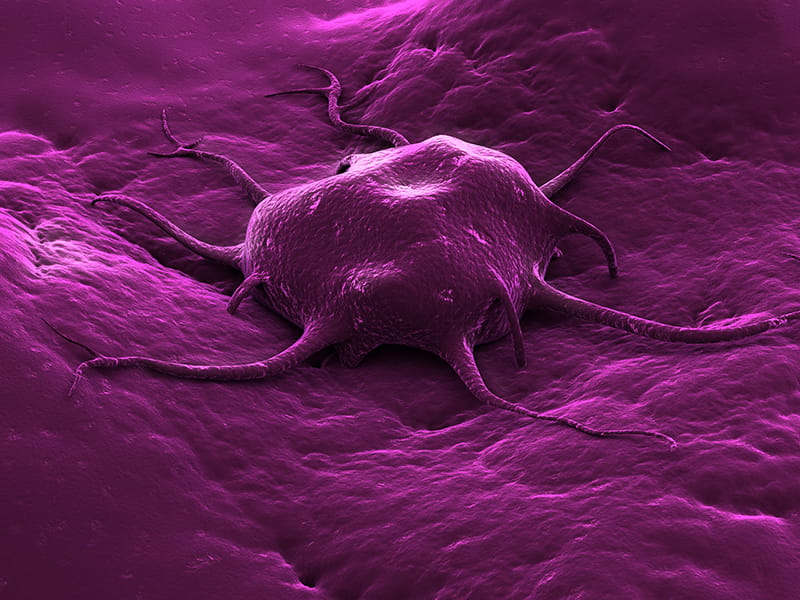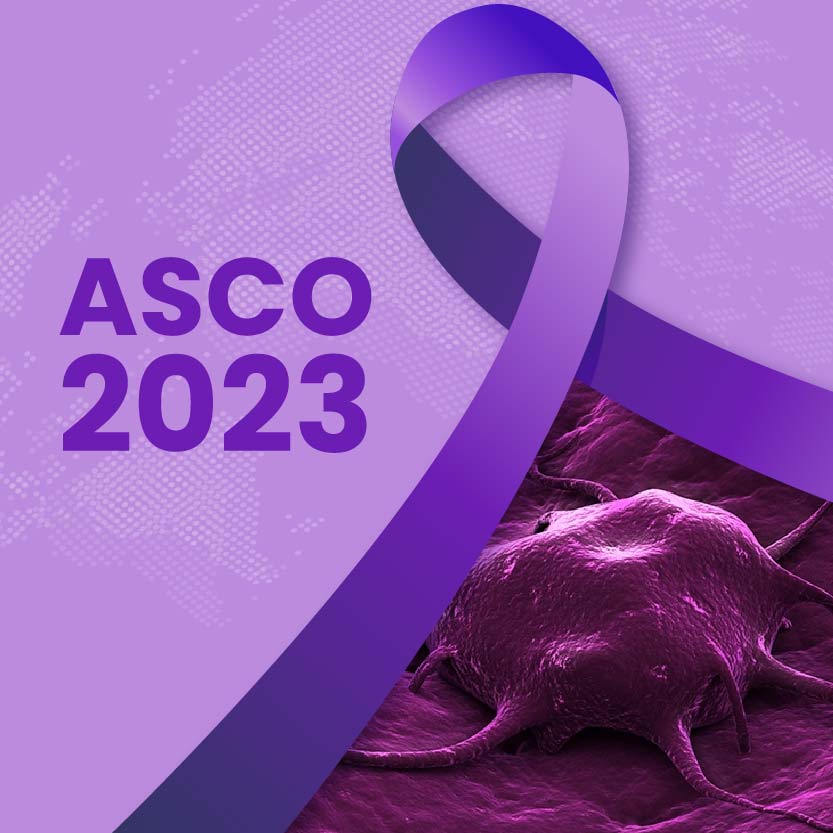Controversies in Initial Staging of RCC Evaluation with Conventional Imaging is Enough By J-C. Bernhard
Conventional imaging modalities like ultrasonography, CT scans, and MRI are promising for detecting and characterizing renal cell carcinoma (RCC) and staging. CT and MRI show high sensitivity and specificity, although they overlap in 10-15% of cases. MRI stands out in assessing cystic masses due to its role in the Bosniak classification, surpassing CT scans. Contrast-enhanced ultrasound is useful for detailing lesion septa and enhancements with good sensitivity and specificity. Firstly, there's concern over nodal involvement, with a predictive positive value of less than 45%, although this occurrence is rare, affecting less than 2% of patients. Secondly, diagnosing PT3A, particularly invasion into perinephric or renal sinusoidal fat, poses challenges with a predictive accuracy ranging from 32-64%. Post-surgery, ~ 15% of patients with clinically localized disease experience upstaging to PT3A. However, advancements in machine learning allow for complementing CT scan results, providing individualized risk predictions for PT3A upstaging. In medical imaging advancements, new guidelines emphasize using multi-physic contrast-enhanced CT scans for diagnosing and staging renal tumors, with MRI recommended for assessing venous involvement. Conventional imaging still holds significance, with emerging computational methods like Radiomics offering promising results in distinguishing between RCC subtypes. Combining radiomics with clinical and radiological data enhances predictive models, as demonstrated by a study achieving a 95% sensitivity and 87% accuracy in malignancy prediction. Additionally, dual-energy spectral CT shows potential for improving imaging while reducing radiation exposure, scanning time and contrast dose of iodine. Conventional imaging methods are anticipated to evolve beyond staging to prioritize prediction and prognosis. It also proved irreplaceable for surgeons in planning intricate procedures. Through CT scan segmentation tools, surgeons can create intricate 3D models, providing enhanced anatomical insight and aiding in surgical preparation. Advancements in imaging are not restricted to pre-surgery planning; the refined data can be directly used during operations for 3D model-assisted surgery and real-time intraoperative navigation. Notably, this encompasses the utilization of 3D image-guided robotic-assisted partial nephrectomy, a technique previously pioneered by experts. Looking forward, the ultimate goal is to seamlessly integrate CT seamlessly scan-derived 3D models into the surgical field, enabling augmented reality visualization during procedures, poised to revolutionize surgical practices in the foreseeable future. The accessibility of CT scans, compared to PET CT, is significantly higher, with 10 times more availability in France and the EU. Similarly, there are 11 times more radiologists than nuclear medicine physicians. In conclusion, conventional imaging is accessible, efficient for RCC detection, and reliable for staging. Although it has some shortcomings, these are compensated by technical advancements. Additionally, conventional imaging and artificial intelligence serve multiple purposes beyond staging, including outcome prediction, surgical planning, surgical guidance, and patient education.
Evaluation with Molecular Imaging is the Way to Go By P. Mulders
RCC, though less common than prostate cancer, has seen significant changes in treatment approaches, particularly with the rise of incidental detection through CT scans. Previously, surgeries were primarily performed on metastatic cases, but now, there's a shift towards operating on smaller renal masses. Despite advancements in conventional imaging, there remains an unmet need, especially in distinguishing benign from malignant tumors, particularly in small renal masses where biopsies aren't always feasible. Molecular imaging, such as PSMA scanning, is gaining traction, with CA9 being identified as a key protein related to hypoxia, which is prevalent in clear cell renal cell carcinoma (ccRCC). The G250 antibody, or girentuximab, has been instrumental in detecting CA9, offering advantages for hepatic clearance for RCC diagnosis. The ZIRCON (Zr) has emerged as an ideal radionucleotide conjugate for imaging RCCs. This conjugate, utilized in PET scans, has shown promise in diagnostic and therapeutic applications. Past studies have explored the use of lutetium-conjugated antibodies for radioimmunotherapy trials, aiding in patient selection. However, the focus now shifts towards Zr-based diagnostic tools, showcasing the evolution of imaging techniques in RCC management.
A Zircon Trial focused on patients with small renal masses (< 7 cm). The study aimed to assess the sensitivity and specificity of a particular scan, with 286 patients undergoing scans and pathology evaluations. Most patients had masses < 4 cm, displaying diverse histology, primarily ccRCC but also including papillary and other rare subtypes. The study revealed a sensitivity of 85.5% and a specificity of 87%, indicating a positive predictive value of 93% and a negative predictive value of 75%, with an overall accuracy of 86%. The correlation between CA9 expression and PET imaging in ccRCC was noted, alongside false positive lesions identified in 89Zr-girentuximab PET scan: 9 cases of PRCC, 1 case of undefined carcinoma, 1 oncocytoma, and 1 sarcomatoid spindle cell carcinoma. The findings suggest that a positive Zr-PET scan indicates cancer, which is crucial for timely intervention. The positive results indicate that 89Zr-DFO- girentuximab enhances the identification of primary ccRCC compared to cross-sectional imaging. This improvement suggests potential benefits in management, including aiding risk stratification, selecting suitable patients for treatment, and indicating when further imaging or biopsy may be necessary. Furthermore, 89Zr-DFO-girentuximab shows promise in enhancing staging for ccRCC, serving as a therapeutic target in radiopharmaceuticals, and imaging other solid tumors with true hypoxia, all part of ongoing initiatives.
Initial Staging for Renal Cell Cancer Biopsy and Pathology is The Solution By Y. Allory
Advocating for renal tumor biopsy, it's emphasized that it doesn't typically play a role in initial staging for renal cell cancer. Assuming a prior diagnosis, staging may require more than imaging alone, as per EAU guidelines. Renal tumor biopsies are utilized for various purposes, such as obtaining histology for indeterminate masses, detecting benign lesions, proposing surveillance, or determining appropriate diagnosis and treatment for metastatic diseases. WHO 2022 classifications highlight a wide range of entities, including newly identified ones. Accurate diagnosis is crucial, considering the complexity and diverse nature of these tumors. Practical insights from recent biopsy series reveal a variety of diagnoses, with a high rate of contributive biopsies and good concordance with surgical specimens, despite occasional underestimation of tumor grade due to heterogeneity. Firstly, there's Angiomyolipoma, characterized by low or absent fat content and PAX8 negativity, which contrasts with Oncocytoma, where CK7 is rarely or negatively expressed, but CD117 shows positivity. There's a low risk of misdiagnosis for chromophobe carcinoma. Clear cell papillary tumor presents with CK7 and CAIX positivity, yet Racemase is negative. Examples of indeterminate masses include epithelioid PEComA (HMB45 positive), which can be diagnosed via biopsy, facilitating appropriate surgical procedures. Despite percutaneous renal biopsy not being intended for diagnosing urocellular carcinoma, such diagnoses are occasionally made, along with differential diagnoses, including metastasis, sarcoma, and lymphoma. Additionally, for metastatic presentations, diagnoses of ocular cell RCC can be made through specific carbonic anhydrase 9 expression and papillary RCC. It is crucial to differentiate these from other papillary pattern renal cell tumors, such as those with translocation or fumarate hydratase (FH) deficiency, which can be achieved through biopsy markers. In a recent analysis, researchers underscored the importance of accurate diagnosis in renal cell tumors, emphasizing the need to distinguish specific patterns like papillary from others. Biopsy, aided by markers, emerged as crucial, with a reported 90-95% contribution rate. Concerns over adverse events, though rare and manageable, persist, especially among older populations. A persistent gap of around 26% between radiology and histology results remains challenging. Notably, biopsies can detect benign tumors in 25-30% of cases, showcasing their diagnostic value. While nuclear grading on biopsy shows low concordance, it remains highly reliable for diagnosis, aiding immunosuppressant and molecular techniques like FISH and NGS. Despite feasibility and access limitations, renal tumor biopsies are deemed essential alongside imaging for accurate staging, though concerns linger about underestimating tumor grade.
European Association of Urology (EAU) Annual Congress 2024, 5th April - 8th April 2024, Paris, France

.svg?iar=0&updated=20230109065058&hash=B8F025B8AA9A24E727DBB30EAED272C8)


